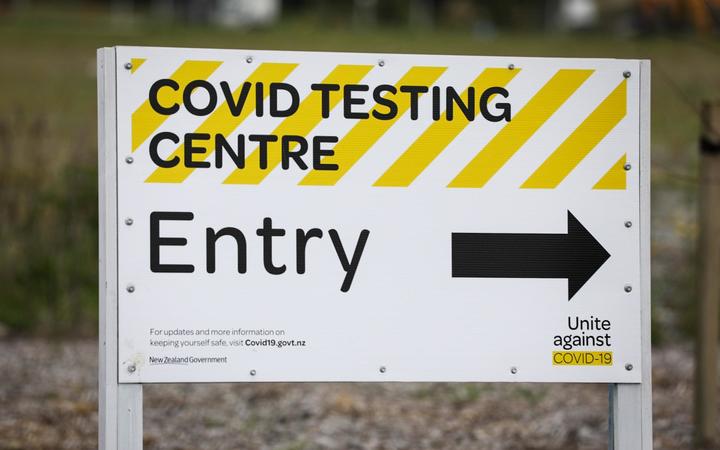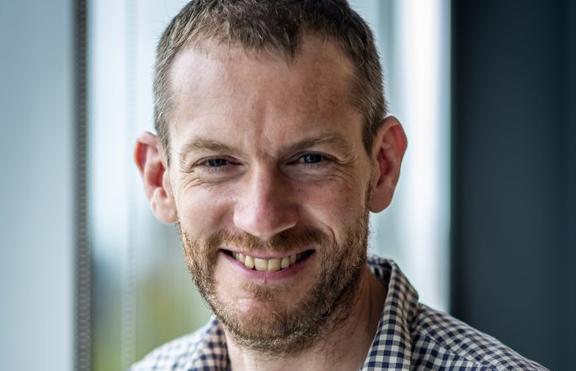By RNZ.co.nz and is republished with permission
Omicron could infect half of all New Zealanders within a few a months, says a leading data modeller.

The highly-infectious Covid-19 variant is circulating in Auckland, and possibly in the Nelson-Marlborough region, with experts saying it would likely appear elsewhere in a few days.
Covid-19 data modeller Michael Plank said, once it gathered momentum, it could spread very quickly.
“It’s certainly possible that once an Omicron outbreak really gets going that we could see a significant proportion of the New Zealand population get infected – it could be up to half,” he said.


That could take about four months from when cases started to rise exponentially, with a potential peak after eight weeks, and more people infected on the way down.
But he stressed the figure of 50 percent was not set in stone.
There was a lot of uncertainly about how the virus behaved because it had only been on the world scene for about eight weeks – and public health measures could have a big impact on the outcome, he said.
“The actions we take now and over the coming weeks could reduce the number of people who get infected and it could be a significantly lower proportion,” he said.
The prime minister said the government was planning for scenarios of up to 50,000 cases a day to make sure it was well prepared, but stressed it was not based on modelling.
Auckland’s three district health boards were predicting a 1800 cases a day for the city at the outbreak peak, expecting to see that in March.
Epidemiologist Michael Baker said it would be just a few days before Omicron started to surface in other parts of the country, after a family from Nelson-Marlborough and a flight attendant tested positive this weekend.
He wanted the government to consider putting alert level 2-to-3-style lockdowns back on the table if the virus gathered momentum too quickly.
It should also shorten the time people needed to wait for a booster from four months to three months, because that could stop people getting very sick and slow the spread, he said.
Director-General of Health Ashley Bloomfield said his teams would consider the booster issue next month, as well as whether to shorten the gap between doses for under 12s.
The government has continually ruled out lockdowns now that the traffic light system is in place.
Professor Baker said while Omicron looked to be less harmful than other variants, there would still be people who would get very sick and die.
Even those who got mild symptoms could feel very unwell and should be prepared, he said.
“This infection is extremely unpleasant for many people – it’s like the worst head cold you’ve ever had. So, people need to have stocks of basic medicines like paracetamol and anti-inflammatories,” he said.
Anyone due for their booster should get one now because it could be just two weeks before the virus was much more widespread, he said.
